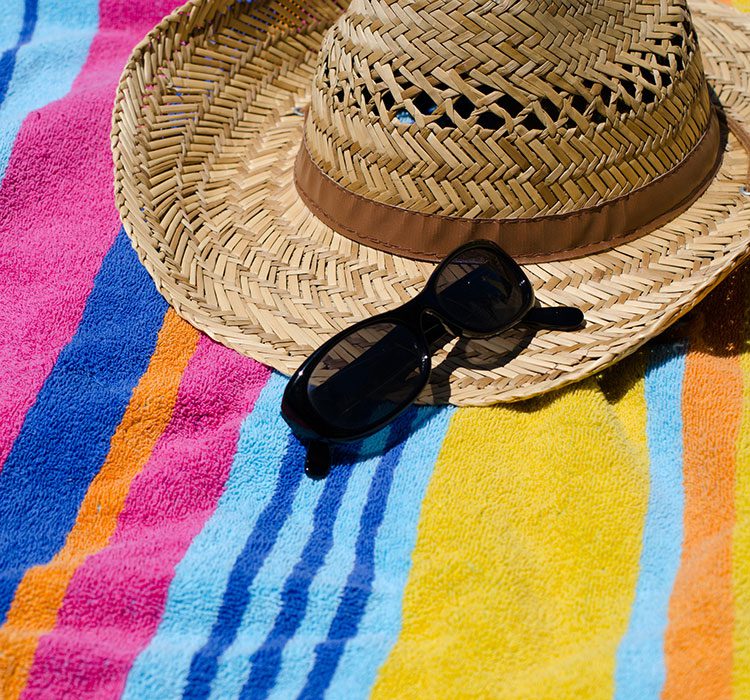The sun releases energy (radiation) in many forms. The sunlight we see is one form. The heat we feel from the sun is another. Ultraviolet (UV) rays, a third type, are also invisible to the eye. UV rays cause sunburn. They can also damage your eyes and hurt your vision.
Type of UV Rays
There are two types of UV rays: UV-A and UV-B. Over time, the effects of UV rays may help cause a number of eye problems.
UV-A
can hurt your central vision. It can damage the macula, a part of the retina at the back of your eye.
UV-B
The front part of your eye (the cornea and the lens) absorbs most UV-B rays, but these rays may cause even more damage to your eyes than UV-A rays.
You can protect your eyes from UV rays in two important ways:
- Know the dangers of UV rays.
- Wear proper eye protection and hats that block UV rays.
UV rays can come from many directions. They radiate directly from the sun, but they are also reflected from the ground, from water, snow, sand and other bright surfaces.
Wear Sunglasses and a Brimmed Hat
Use eyewear that absorbs UV rays and wear a brimmed hat or cap
A wide brimmed hat or cap will block about half of UV rays. A brimmed hat or cap can also limit UV rays that hit the eyes from above or around glasses.
Eyewear that absorbs UV rays gives you the most protection. All types of eyewear, including prescription and non-prescription glasses, contact lenses and lens implants, should absorb UV-A and UV-B rays. For UV protection in everyday eyewear, there are several options like UV-blocking lens materials, coatings and photochromic lenses. UV protection does not cost a lot of money and does not get in the way of seeing clearly.
Yes, everyone (including children) is at risk for eye damage from UV radiation that can lead to vision loss. Any factor that increases the amount of time you spend in the sun will increase your risk.
People who work or play in the sun for long periods of time are at the greatest risk.
The risk of sun related eye problems is higher for people who:
- spend long hours in the sun
- have had cataract surgery* or have certain retina disorders
- are on certain medicines, such as tetracycline, sulfa drugs, birth control pills, diuretics and tranquilizers that increase the eye’s sensitivity to light.
*If you have had cataract surgery, you may be more at risk of injury from sunlight unless the artificial lens you received during surgery absorbs UV rays.
Sunglasses help you in two important ways. They filter light and they protect your eyes from damaging UV rays. Mounting evidence shows that exposure to UV rays can damage your eyes. Long-term exposure to UV rays can lead to cataracts, macular degeneration or skin cancer around the eyelids.
When you or your children play outdoor sports or work outside, you should think about both UV protection and proper safety eyewear.
Whenever you work or play outdoors, you should wear a brimmed cap and eyewear that blocks UV rays.
For certain outdoor activities, you may also have to use eyewear designed to provide impact protection for that activity. Here are some things to consider when buying eyewear for outdoor activities:
Biking/Cycling
- UV protection
- Protection from wind and debris
Boating
- UV protection
- Glare protection
Skiing/Winter sports
- UV protection
- Polarized lenses to reduce glare and brightness
- Yellow, amber, orange-red tints to improve contrast
Hiking/Mountain climbing
- UV protection
- Polarized lenses to reduce glare
Racquet/Ball sports
- Protective eyewear
- UV protection
Working Outdoors with powertools/chemicals
- Protective eyewear
- UV protection
